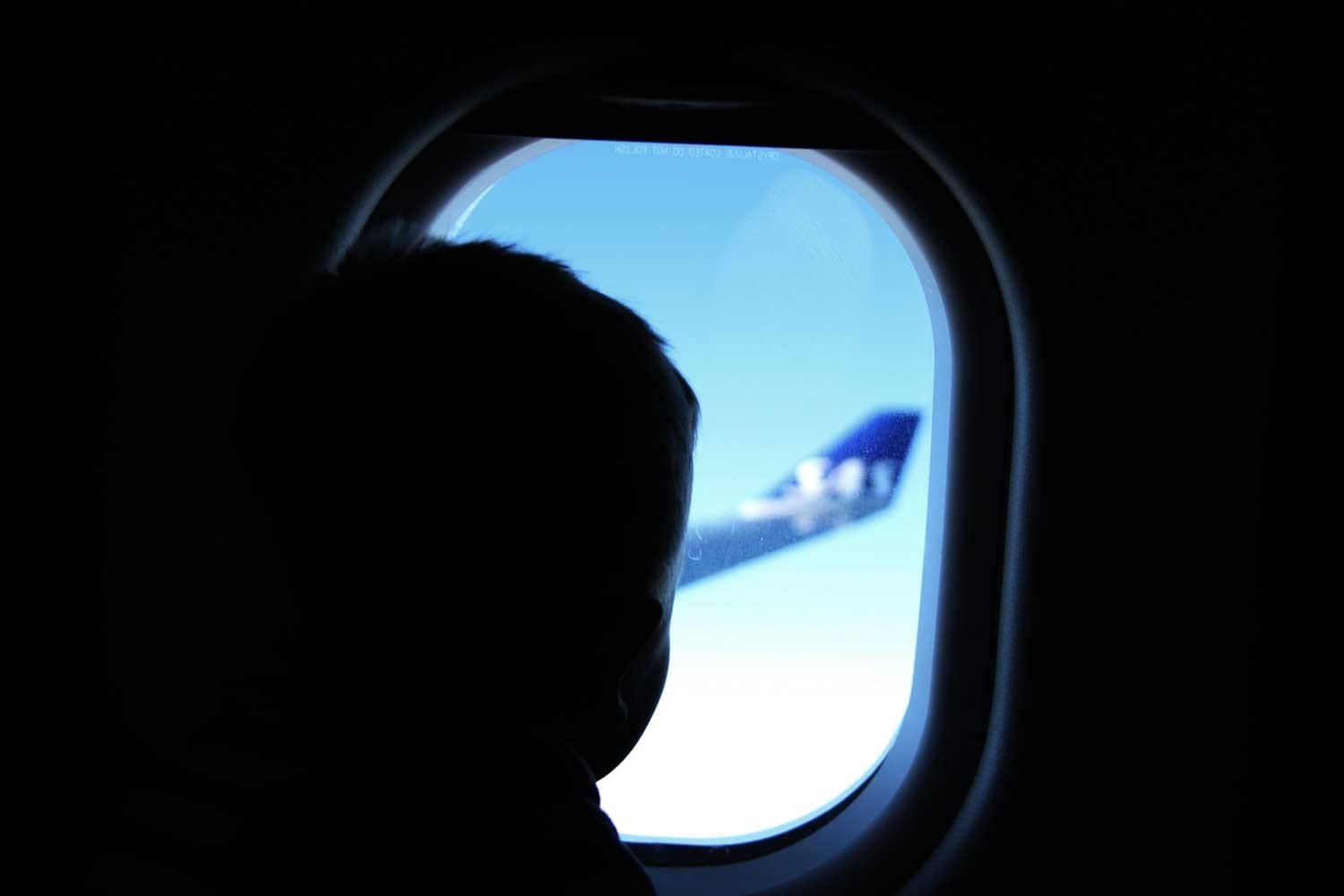

When flying long haul with a baby, the struggle begins from the moment of booking.
There are many issues to consider, and you soon realise all the things you took for granted when flying before baby arrived, like freedom to move, having your arms to yourself and not having to become a contortionist when trying to retrieve a fallen, or more likely thrown, dummy. Read on to discover tried and tested methods for reducing the stress of flying with babies and young children and making it a much more pleasant experience for all.
Getting to the airport
Gone are the days of effortlessly wheeling your case from the taxi to the check in. Welcome to juggling car seats, oversized luggage, bottles, coats, blankets and trying desperately to keeping hold of whatever you usually use as a soother. This is where stress levels will reach heights you never knew existed, but taking into account a few things, it can still be effortless. Mostly.
All airports offer parking, many now offer meet and greet. This means, you drive right up to the terminal, get your things out of the car, leave the keys and cross the road to the terminal. It is the single most effortless way to arrive at the airport, but also the most expensive. Usually not as much as what you might expect, some also throw in free (or reduced price) fast track at security.
Many airports are now trying to squeeze every penny out of travelers and one way that is drastically increasing is paying for trolleys. Not a problem on departures, since you will likely have cash, but consider when you arrive, and have no local currency.
Bassinettes
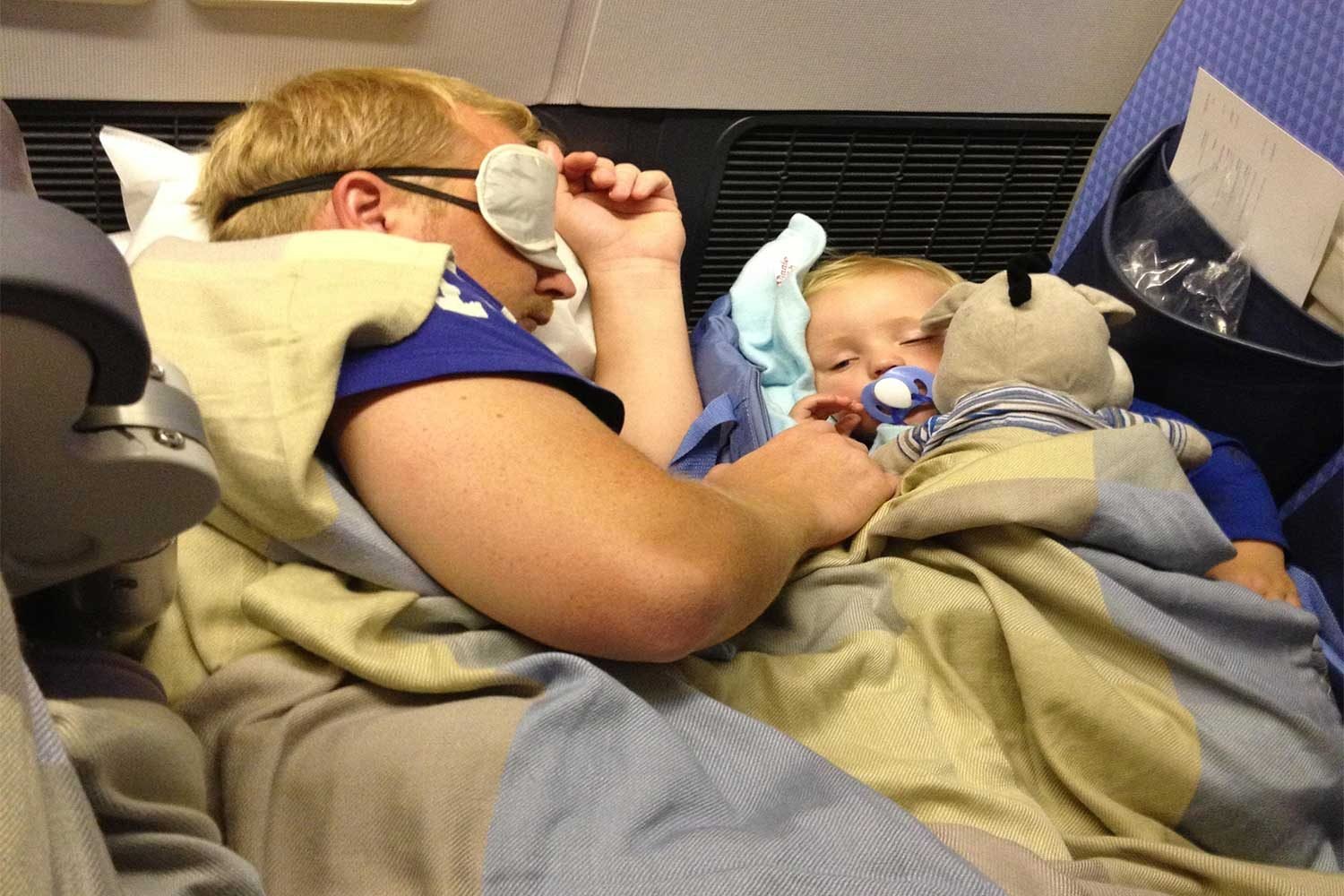

When flying long haul with a baby, the struggle begins from the moment of booking. On the majority of airlines, it is extremely difficult to book a bassinet, even on those airlines which insist that you use one. As bassinets must be placed at the bulkhead positions of the plane, booking them on most airlines must be done over the phone. As well as parents travelling with infants, the bulkhead is also available to those who require extra leg room due to a disability, so it may be that there is only space for one parent to be seated with the infant. There are a limited number of bassinets on each flight, dependent upon the type of aircraft, and these are provided to the youngest babies on the plane. It does not work on a first come first serve basis and so unfortunately booking a bassinet does not guarantee it will be available to you on the day of your flight, and usually you will only find this out after checking in (which is a real pain). There are also airlines that will not allow you to book a bassinet at all, but instead assign them at check in. It is important to contact your airline to make appropriate arrangements early to give yourself the best chance of securing the ever elusive bassinet. ‘On a return flight from the US with Delta Airlines, when travelling with our 12 month old son, we were not allowed by the airline to book our seats either on-line or over the phone. This is something we had never experienced before with any other airline and was of big concern.
On looking at the seat map in our booking, we could see that many of the seats on our flight had be reserved and we were worried we would end up in terrible seats and perhaps even seated separately. Despite our pleas, Delta refused to assign us seating until check in, but assured us that we would be assigned bulkhead seats. On the day of the flight, due to a tight connection time we were amongst the last of the passengers to board, by which time the bulkhead where the bassinet fitted had been assigned to a family with an older child. We were extremely tired from all the travel up to this point and by now also very frustrated.
We were put in the middle isle half way down the plane, which with an infant on our knees screamed of a nightmare as there was very little space. Fortunately, although perhaps not for him, our son fell, banged his head and got stuck between the seats in front. The stewardess appeared in the midst of the commotion and at that point I lost it. I rarely kick up a fuss, but I had by now surpassed my limits of what I could take. A good old rant from me and a polite word with the other family from the stewardess later, we were at the bulkhead with a bassinet and lots of glorious leg room.’ A potential disadvantage to the bassinet is that infants must be removed from them during times of turbulence when the seat belt sign is illuminated.
This can mean having to wake your little one numerous times, which may mean the benefits of the bassinet can be outweighed by the disruption to baby. Also, as we all know babies can be extremely stubborn little things and it can prove difficult getting them stay in the bassinet and to keep them happy and quiet at the same time.
Seats
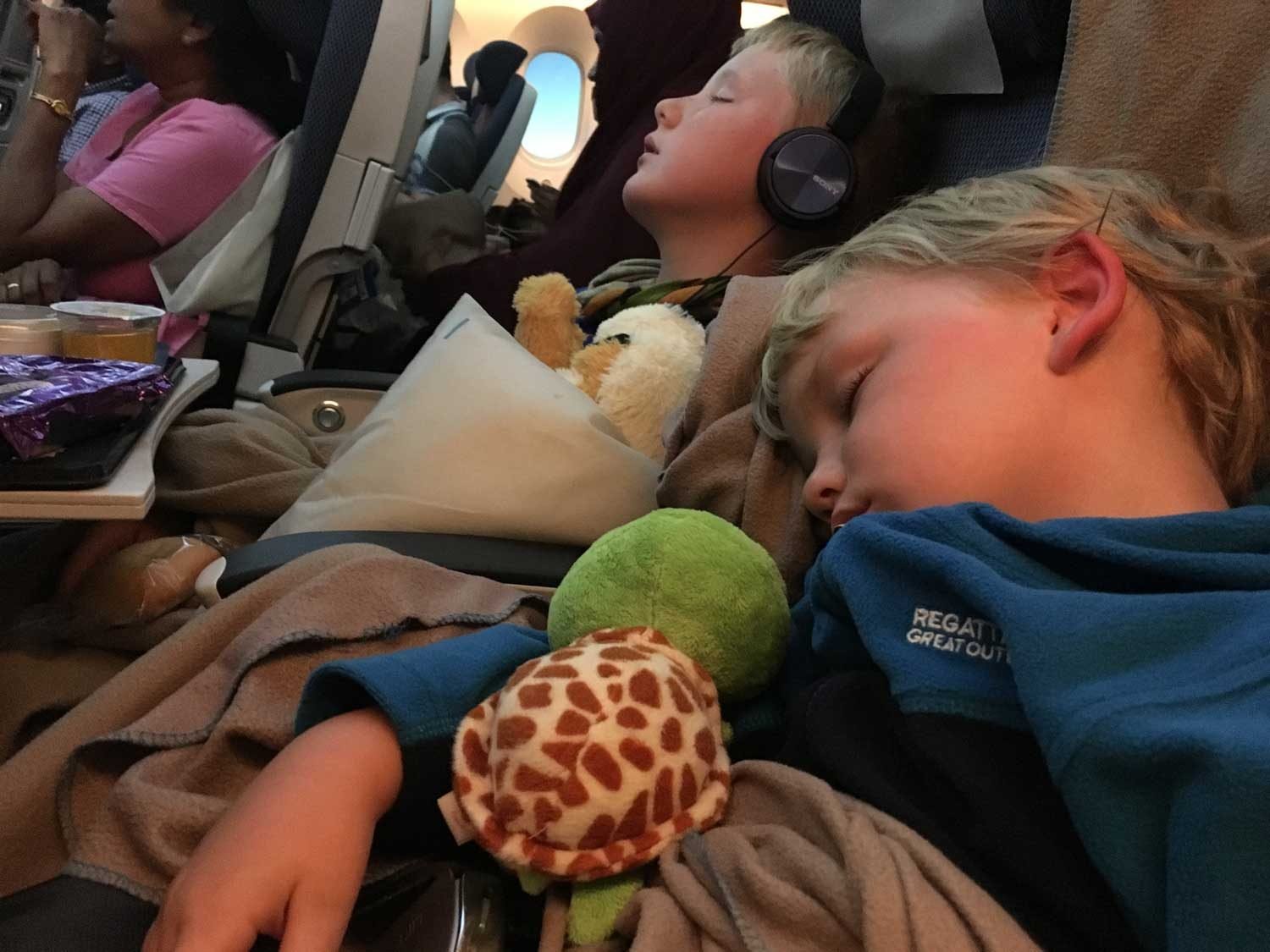

The alternative to having an infant on your lap and using a bassinet is to purchase your child a seat on the flight, however, in order for children under two to occupy a seat you will be required to take a car seat for them to use on the flight. There are obvious advantages to this option, but they come at a cost. Prices for infants under two travelling on a parent’s lap vary significantly between airlines. Each airline tends to have a set fee that is not dependant on destination, the most expensive of which will be around £99. If you wish to book a seat for your infant you will be charged the same fare as a child over two years, which these days is very often not much cheaper than the adult fare. Most airlines don’t allow babies younger than six months to book a seat. Additionally, car seats must be a specific type, for example they must be forward facing and must conform to British Safety Standards. For airline/flight specific details on requirements, check on-line or contact your airline directly. On some budget airline flights the adult/child price may actually be cheaper than the standard infant fare for the airline, so it can sometimes be cheaper to book a seat. However, not all budget airlines allow customers to book infants onto their flights in this way, so always check this before going ahead with your booking.
Effects of Cabin Pressure
There are many issues to contend with when flying with an infant. One of the problems a parent may experience during a flight with a baby involves the change in pressure during take-off and landing. Babies’ ears are often more sensitive to these pressure changes and for those affected, symptoms can range from mild discomfort to a severe pain. There is no way to tell if your child will be affected, but there are factors which may make them more likely to have a bad experience, such as a cold or an ear infection.
If your child is affected by pressure changes, it is not only an awful experience for them, but it can also make them impossible to comfort, sometimes causing them to cry for hours.
Nobody wants to see their child in such discomfort or be the parent on the flight whose baby just will not stop screaming, getting scowled at by people who would have you believe that their children never cried a minute in their lives. Luckily there is a way to reduce the chance of this happening.
One tried and tested method for tackling this issue is to give your baby their bottle or a drink of water/juice during take-off and landing. For more information, speak to your doctor or health visitor. ‘I am not entirely sure how this works, but it worked well from my experience. My middle child was badly affected by pressure changes when he was younger. I had heard of this method before flying with him and so had used it previously, but when coming to land on a flight to the US when he was 15 months old, I had not wanted to wake him and thought he would be ok. It turned out to be a big mistake. He was still inconsolable when we reached the hotel about two hours after landing; it had obviously been very painful for him. Calpol eventually settled him down, but I have never taken that chance since and haven’t had another bad experience like this with my children.’
Liquids
Something that not all parents may be aware of is that you can take formula and expressed breast milk that is over 100ml for your infant. However, you will be required to taste these in front of airport staff before passing through security. You may also be asked to take a taste from any baby food jar before being permitted you to take it through. If like many parents you would rather taste a harmful substance than a jar of baby food, most staff will allow you to give your infant a small taste instead. In addition, water may be taken through security, but must be in a baby bottle. At UK airports, Boots stores will allow you to pre-order baby milk and food, so if you want to avoid testing altogether at the airport, you can pick up the items you need once you’ve passed through security. If you decide to take infant paracetamol or ibuprofen in your hand luggage (which I highly recommend) this should be in the form of 5ml sachets. Other essential medicines that are larger than 100ml can be taken on board; however, a doctor’s letter may be required as well as prior approval from the airline. Inhalers are the exception to this. For official information see https://www.gov.uk/hand-luggage-restrictions/overview.
What to Take on the Flight?
Make sure you pack extra nappies, wipes, cream and food/milk in case of delays. At least one spare outfit is also a must, particularly for a baby, in case of leaking nappies or spills. It is important to make sure you carry items on the flight that will keep your infant occupied, such as a few small toys. Though most major long-haul airlines do provide kid packs, they only entertain your child for half a second. Always always always carry spare dummies, as these are very easily lost between the seats and can be difficult to retrieve.
‘I always use dummy holders that clip on to my baby’s clothes when travelling, but my little monkeys have been known to throw these along with their dummy into hard to reach places too.’
Other items that may be a good idea are a blanket (as one will not be provided for infants travelling on an adult’s lap) and your child’s favourite teddy. For young children, in addition to toys, you might consider a couple of travel games such as Uno or Top Trumps. MB do some good travel versions of their standard games, such as Connect Four and Guess Who.
In-flight Entertainment
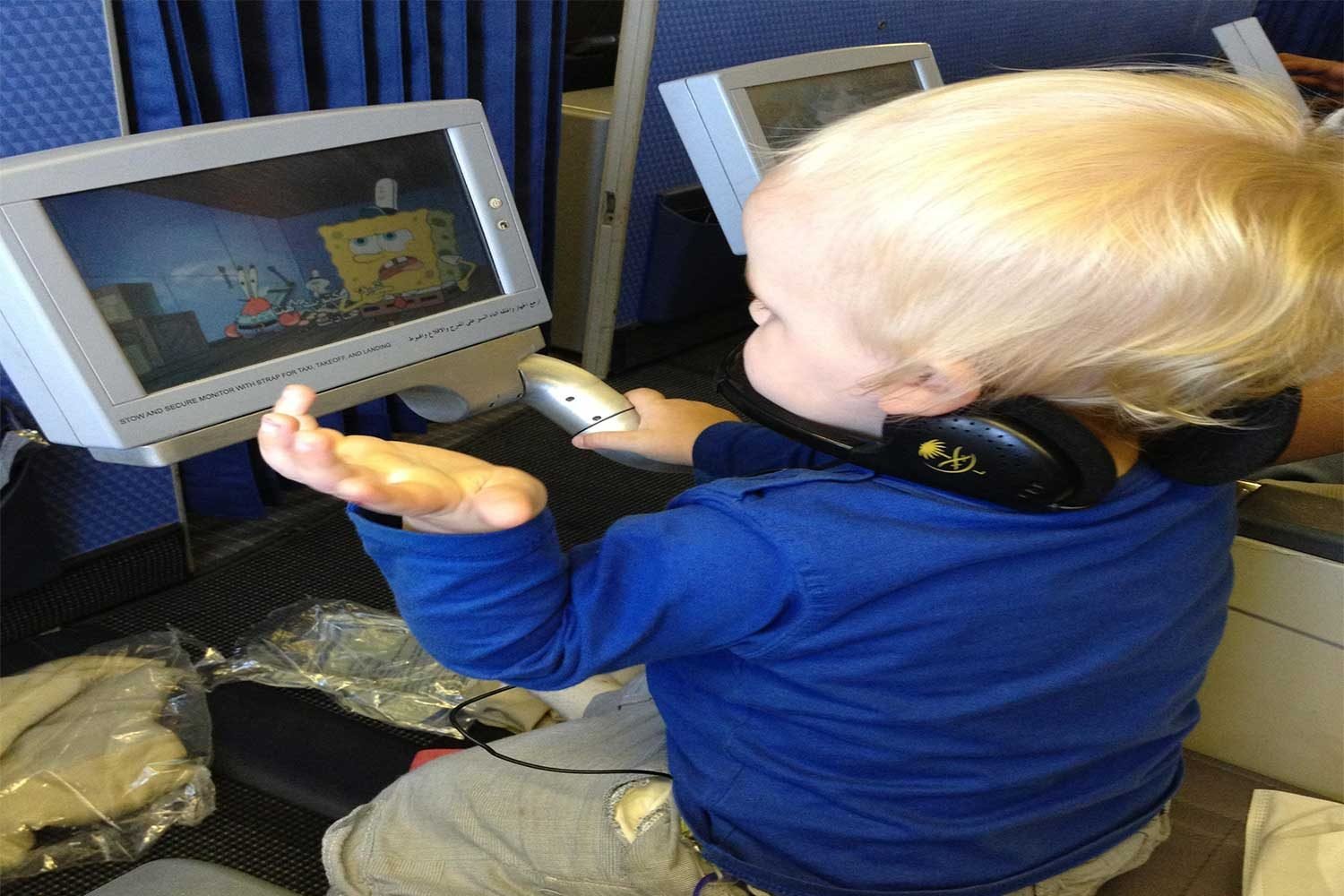

On most long-haul flights there will be some form of in-flight entertainment, such as televisions at the bulkhead and above the isles, with many now having seat back TV screens for each passenger which often come with on demand movies and programmes, as well as music and games. These are fantastic for keeping young children entertained. You can check what on-board entertainment will be available on your flight, as well as lots of other flight specific information by visiting seat guru and entering your flight details. For flights and other travel where this type of entertainment isn’t available, an mp3 player or even a small tablet or mini laptop could be a good investment. Some seats now have power points, so you may be able to charge these on the go.
Jet Lag
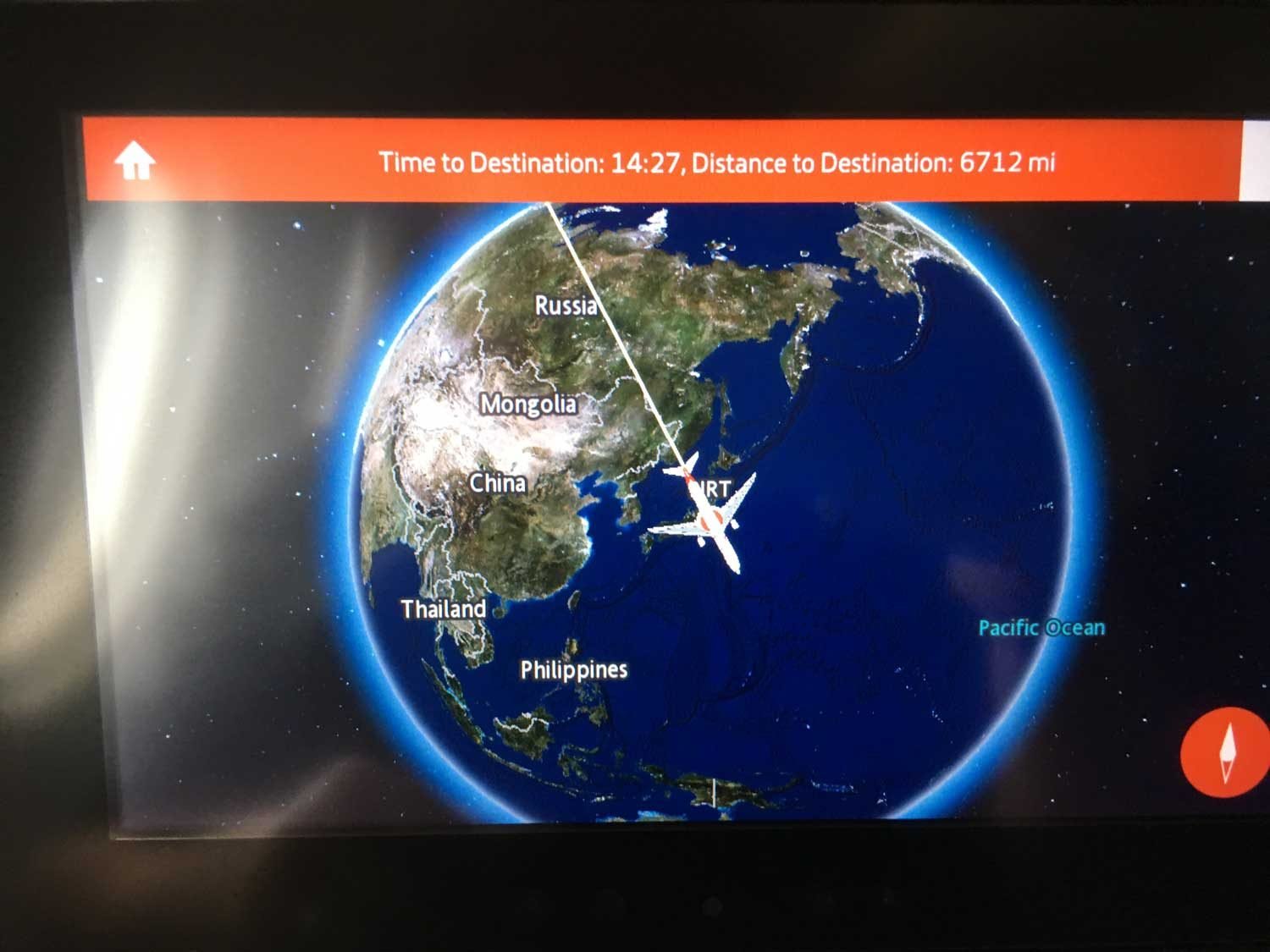

Another issue you may encounter when flying long haul is jet lag. Most people will experience some form of jet lag and symptoms and severity varies greatly, for some it can be extremely traumatic and debilitating, yet for others they may feel just mildly tired. A great way to reduce the effects of jet lag is to get yourselves and the little ones into the local time at your arrival destination straight away – Change you watches as soon as you board the flight and don’t look back.
When people say that getting there is half the adventure, when flying with babies and young kids this is very true and though it sure is an adventure, it’s one well worth doing.
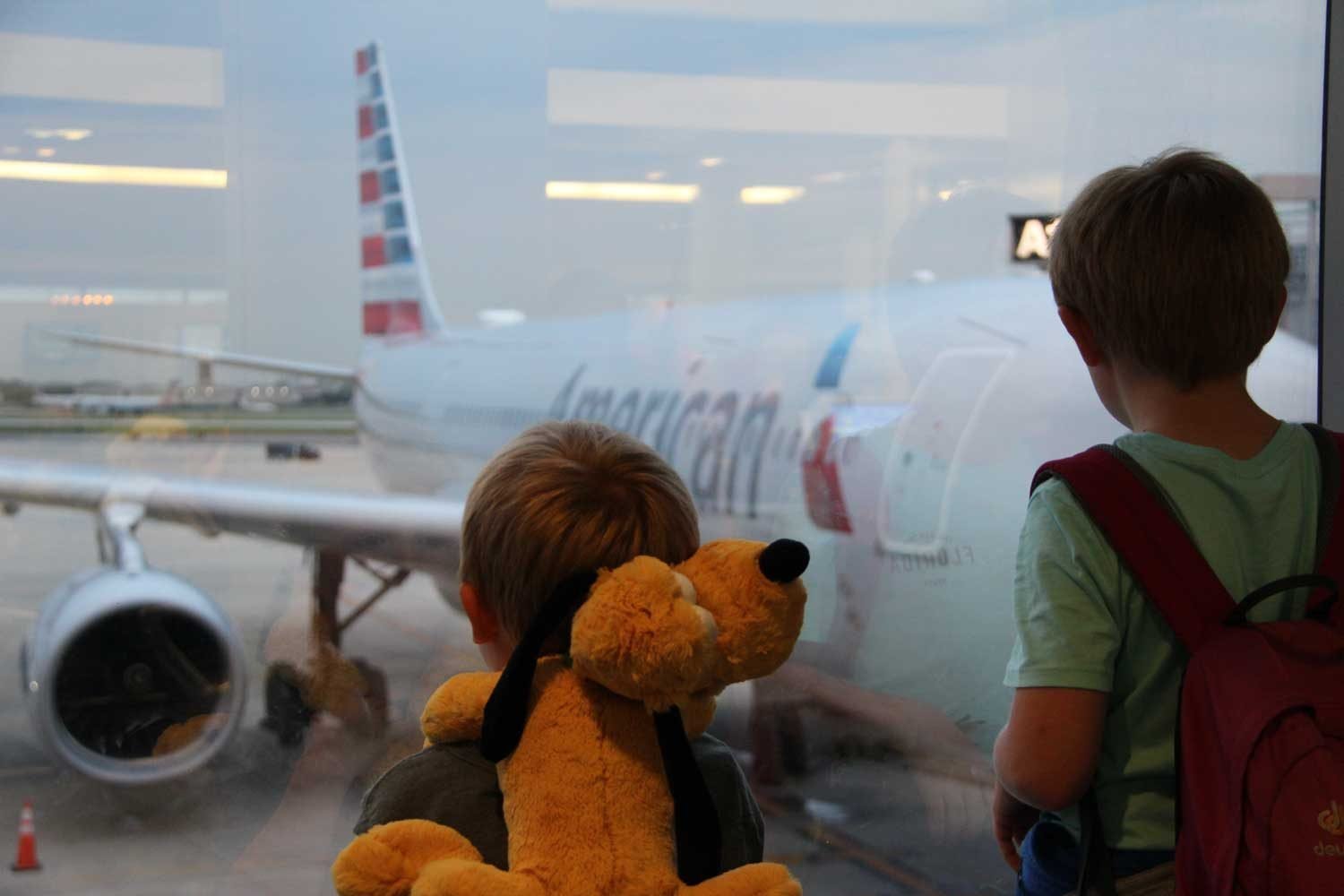

Enjoy your flight 🙂





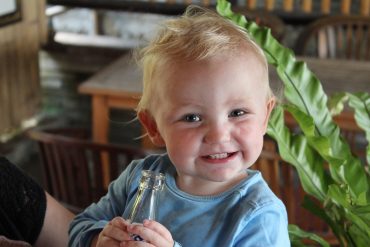
Comments are closed.